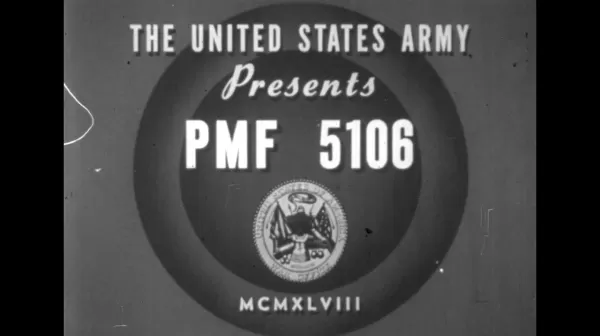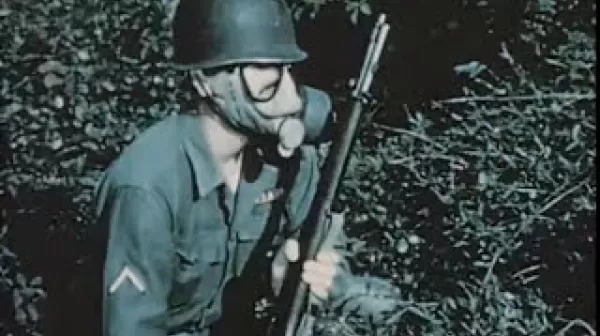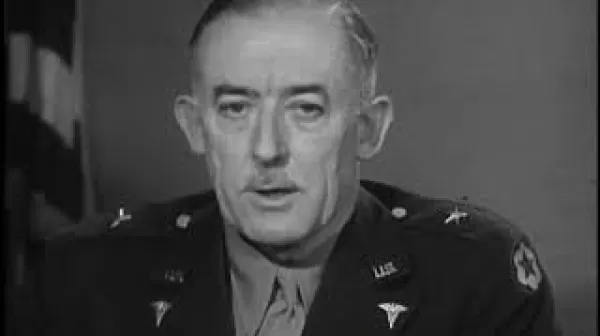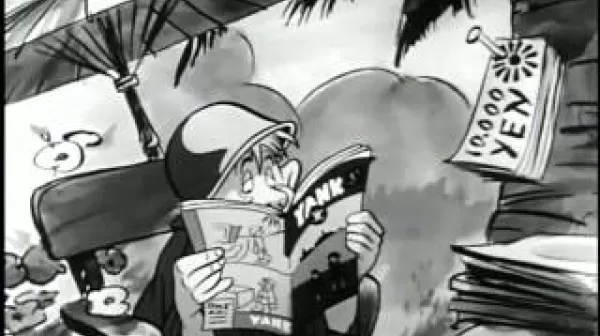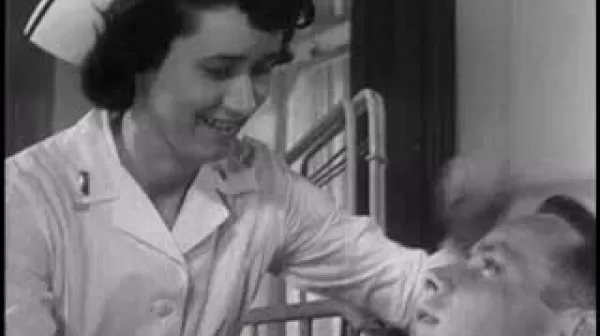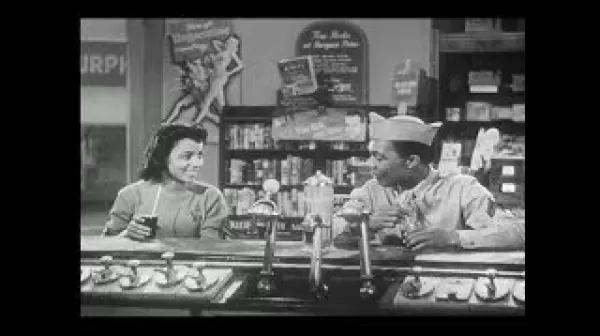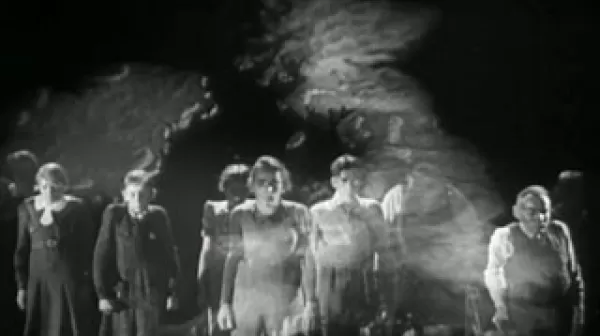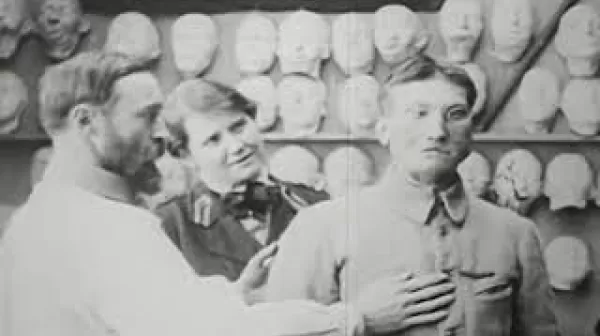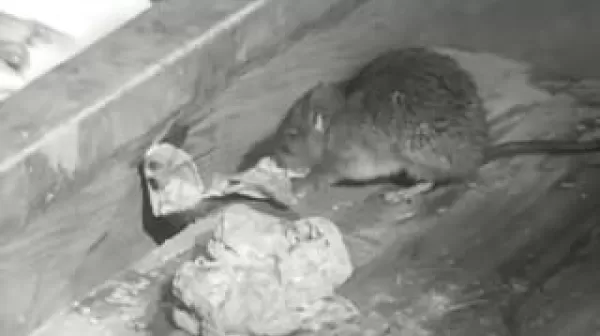Medical Service of the Finnish Armed Forces in the Winter: Paper in the Care of Casualties (1948)
his film is an English language version of a captured German film that describes the uses of paper products by the Finnish armed forces in protecting their wounded from freezing during initial treatment and evacuation. Paper proved to be good protection against wind and cold, it was inexpensive, fairly strong, and it could be used repeatedly. The film consists of footage of troops dressed in white cold-weather gear fighting in snow-covered terrain and of corpsmen caring for the wounded and demonstrating the uses of paper products.

